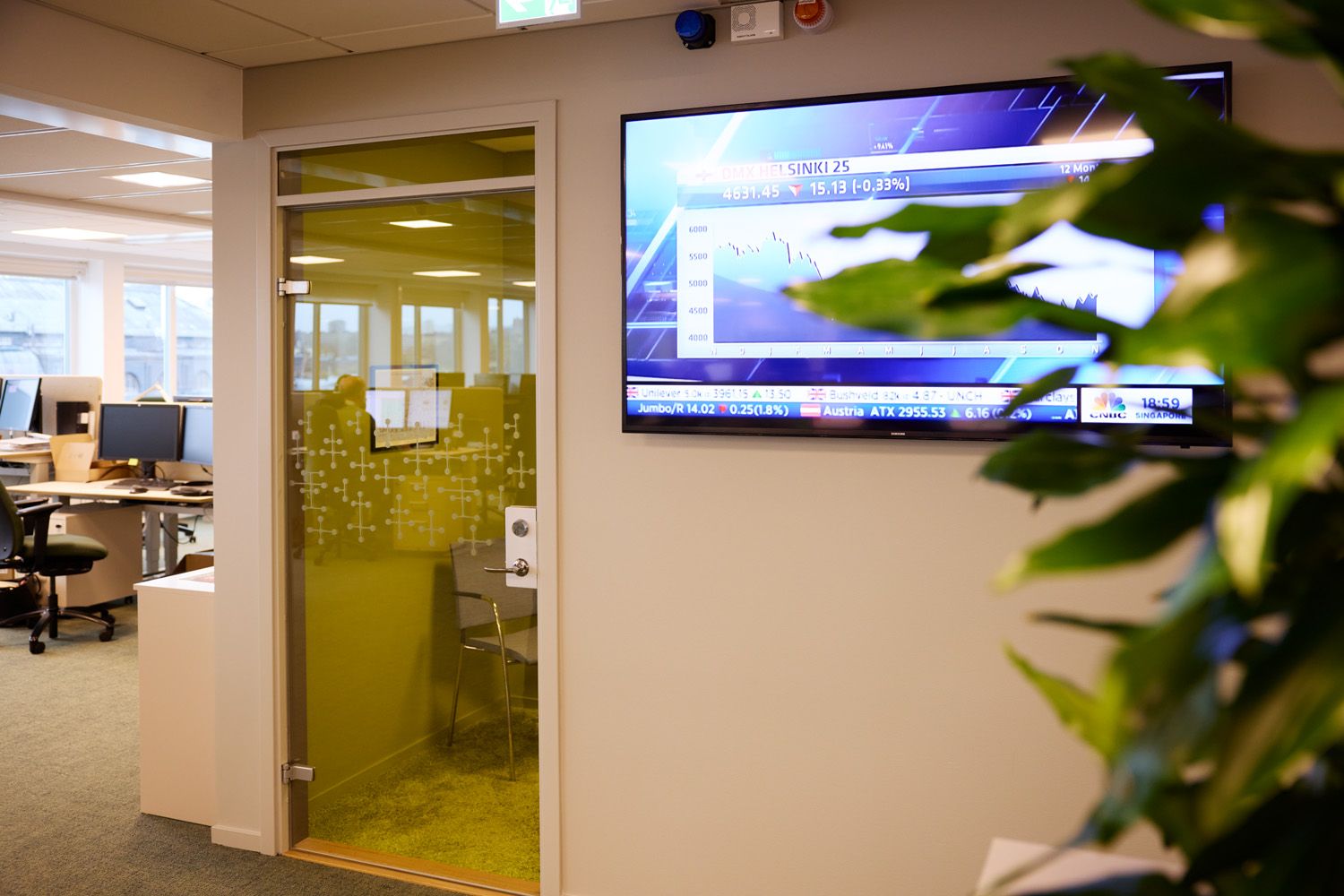Alternative investments
Growing in importance
Alternative investments account for around 29% of the AP3 portfolio. They consist of real estate, private equity funds, infrastructure assets, timberland and insurance-related investments. Alternative investments are mainly unlisted but even investments in listed companies and instruments occur.

Alternative investments are the part of the AP3 investment model that has grown fastest in the last 15 years through allocations of assets from listed equities and fixed income instruments. Several factors are driving this trend, which is mirrored by many long-term investors at global level.
Allocation, Alternative investments in the AP3 portfolio as of December 31, 2024, %
Alternative investments are growing with new regulations
The mission of the AP funds is to make the greatest possible benefit for the income pension system by generating a high financial return in the long term. When the AP funds Act was revised, a change was made in the regulations for how the buffer capital can be invested, which meant increased opportunities to invest in unlisted assets. The main rule since the start in 2001 has been that the capital must be invested in above all listed assets and the proportion of liquid bond holdings must be high, at least 30 percent of the capital in bonds with low credit risk. With the revision of the AP Funds Act, 20 percent of the capital must be invested in liquid bonds with low credit risk, while 40 percent of the assets can be invested in illiquid assets.
The AP funds may own unlisted shares via venture capital companies or through co-investment with venture capital companies, where the voting share in venture capital companies may amount to a maximum of 35%. Unlisted real estate companies are allowed to own a larger share of the AP funds. Investments in unlisted credits are made possible through a change in the AP Funds Act, via external managers or side investments with venture capital funds in which the fund is invested.
The investments that AP3 has in real estate, infrastructure, forestry and unlisted companies via venture capital funds or companies are included in illiquid assets.


